Understanding Your Electrical Service and Safety Hazards to Avoid
Your electrical service comes from the utility point of connection at the street to your electric meter used for billing. The service then enters the main service panel where the main circuit breaker is located. Understanding this component of your home’s electrical system and the signs of damage, deterioration, and improper installation associated with it can prevent safety hazards around your home.
TWO TYPES OF SERVICES:
1) Overhead Service Drop: This is when the service line comes from above. Typically the service line drop is connected to the home or it is routed through a mast pole to the meter. If you live in an older residential area or in a rural area you most likely have an overhead service.
2) Underground Service: This is when the service line is buried and comes from below to the electrical meter.
Below are some diagrams provided by Duke Energy that designate what you are responsible for and what the utility company is responsible for.
Photo above from Duke Energy’s BUILDERS’ AND CONTRACTORS’ GUIDE FOR ELECTRIC SERVICE (pg 8)
Photo above from Duke Energy’s BUILDERS’ AND CONTRACTORS’ GUIDE FOR ELECTRIC SERVICE (pg 15)
MY JOB:
My job during a home inspection is to seek and find any electrical service component that is not functioning like it should and needs repair, appears to not be functioning like it should and needs further evaluation, or is presenting a safety concern. The following are a few concerns I am on the search for when inspecting the electrical service of the home.
1) Overhead Service Concerns:
a) I am looking for improper clearances of the service lines above any areas where people could be and above driveways.
The purpose for looking for proper clearance is to ensure your safety and the safety of professionals engaged in work around the home. Think about the photo above of the home with the red siding. If this home ever needed painting it would be a risky job. Common electrical injuries and fatalities happen as a result of tools or equipment contacting the lines above.
Whenever you are working around your home, especially when you are working with ladders or other tall metal objects it is important for you to look up before moving. This precaution should also be taken when moving farm equipment or tall vehicles. Think twice before walking on a roof that has a service line over it. Better yet, just stay off and away from that section of the roof if at all possible. Lastly, don’t forget about where you place your swimming pool. It is not recommended to place the pool directly under the service line and make sure if the line is near, it is 22 feet or higher.
b) I am also looking at the clearance the lines have from trees. Any limbs touching or within 5-6 feet of the lines should be noted and avoided. Don’t prune near the service lines. Call your utility supplier to do this job instead. Make sure the trees adjacent to the service lines are healthy and strong, and do not have any dead limbs that could fall and damage the lines.
c) The mast pole and weatherhead are components of the electrical service that are sometimes needed to provide proper clearances for the service drop when the power company lines come in too low to the home. The mast pole with a weatherhead installed at the top of it is designed also to prevent water penetration into the mast conduit and electrical meter. During a home inspection, I examine this weatherhead for damage that could allow water into the conduit, and I also look for evidence of mast pole movement. The mast poll has a great amount of tension on it coming from the service lines. A leaning or out of plumb mast is a dangerous situation and an indication that the mast pole needs to be braced or tied back to the home.
It is important to make sure it is secured to something that is designed to withstand the tension. A plumbing vent is not a likely candidate to use as an anchor.
d) You should avoid attaching anything like, television, telephone, or cable wires to the mast (like in the photo above). Especially refrain from attaching satellite dishes. If I see any of these during an inspection I automatically recommend that they be removed and relocated. Only the service line should be attached to the mast.
e) Sometimes the mast pole must travel through the roof. When this is the case, it must be properly flashed to ensure that the roof penetration is water tight. This is often an overlooked area, especially when a new roof has been installed.
f) Sometimes the mast pole is attached to the side of the home and does not go through the roof. An important part about this installation is ensuring the pole or weatherhead is properly attached to the home.
g) Again, the purpose of the weatherhead is to prevent water penetration into the mast pole. If water was able to enter the mast pole, it could enter the electrical meter, which would be a safety concern. Another way water can enter the electrical system at the service connection is by following the cable down to the weatherhead. In order to ensure the water tightness of the service drop, the service lines splices must be attached below the height of the weatherhead. This is done by creating what is called a “drip loop.” The drip loop is a low point so water can drip off rather than follow the service line into the mast.
h) The service lines should remain anchored to the home, or mast pole: This is usually done by anchoring the grounded conductor of the service lines to the home. This anchor must be able to withstand the tension of the line, and is often found failing during a home inspection due to poor attachment.
i) The service lines should remain in good condition and secured to the home. Some older service lines were not installed in conduits or masts, but instead were attached directly to the home. They were designed to be resistant to damage and UV rays. These lines should still have a gooseneck or service cap after the drip loops.
2) Underground Service Concerns:
a) The underground service line needs to be at least 24 inches underground until it turns to come above grade. If you can see the service line, contact your utility provider immediately. Also, before you dig anywhere near this line make sure you call 811. Calling this number will help you and any other professional avoid damaging this line. The call is free, and it is important to call a few days prior to the digging event. Your utility provider will then come out and mark the buried lines.
b) Keep an eye out for where the conduit intersects with the meter base or the bottom of the electrical panel for gaps or openings and whether it is secure to the meter base. You should not be able to see the service line or be able to touch the service line. You should not be able to move the conduit around. Again if you see any of these things, contact your utility provider.
CONCLUSION: Ensuring your safety and the safety of professional repair persons around your home should be a priority for you as a homeowner or buyer. Make sure you evaluate your home for any of these electrical service safety concerns I presented above and have them corrected as soon as possible. Better yet, have the home inspected by someone with a trained eye to ensure your electrical service is safe. When you really want to know contact Adam Duncan of Duncan Home Inspection Services, LLC.

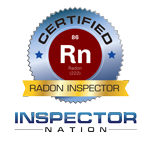
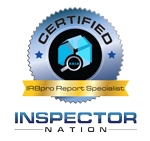
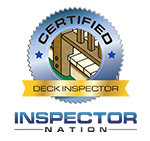
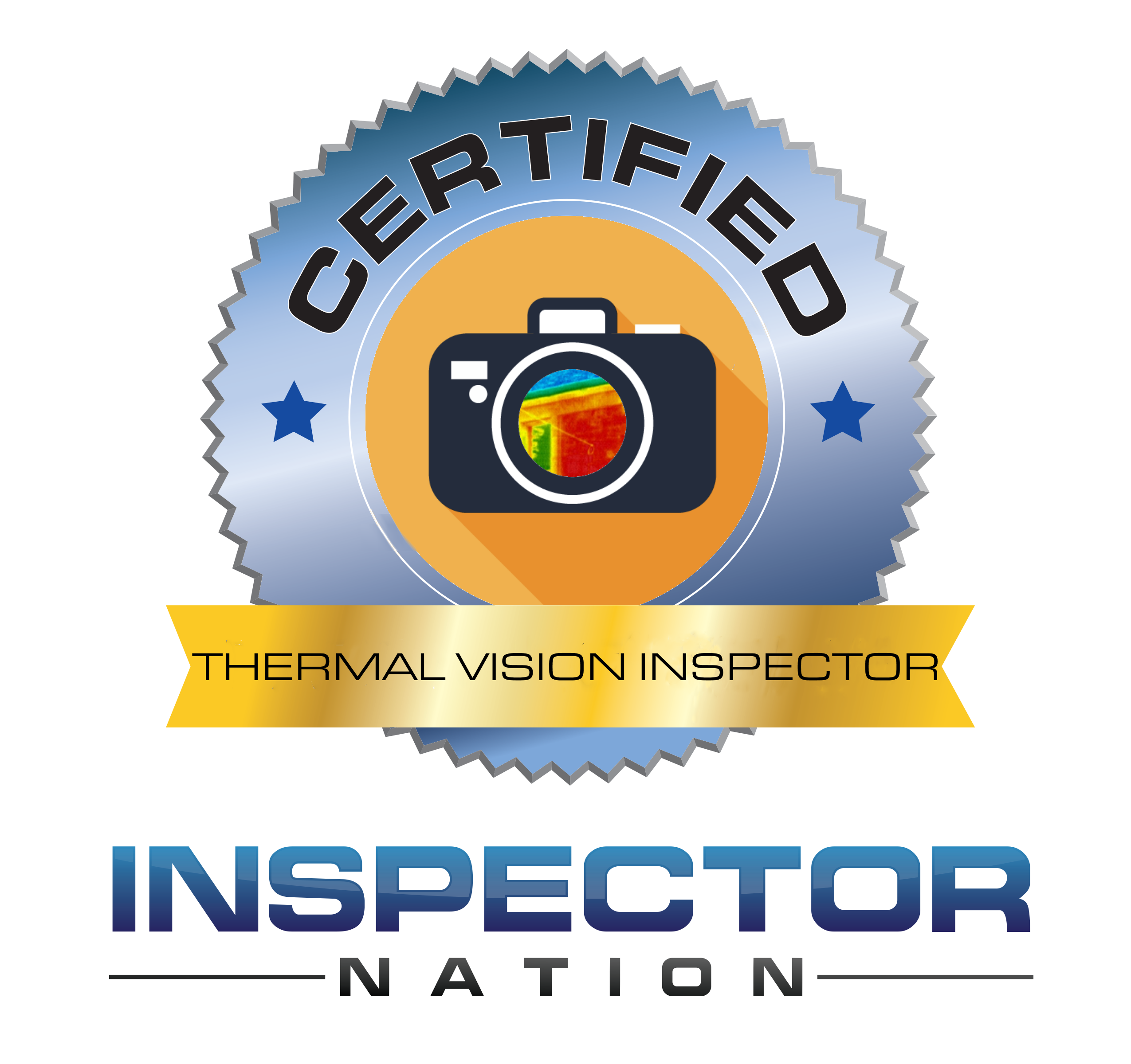
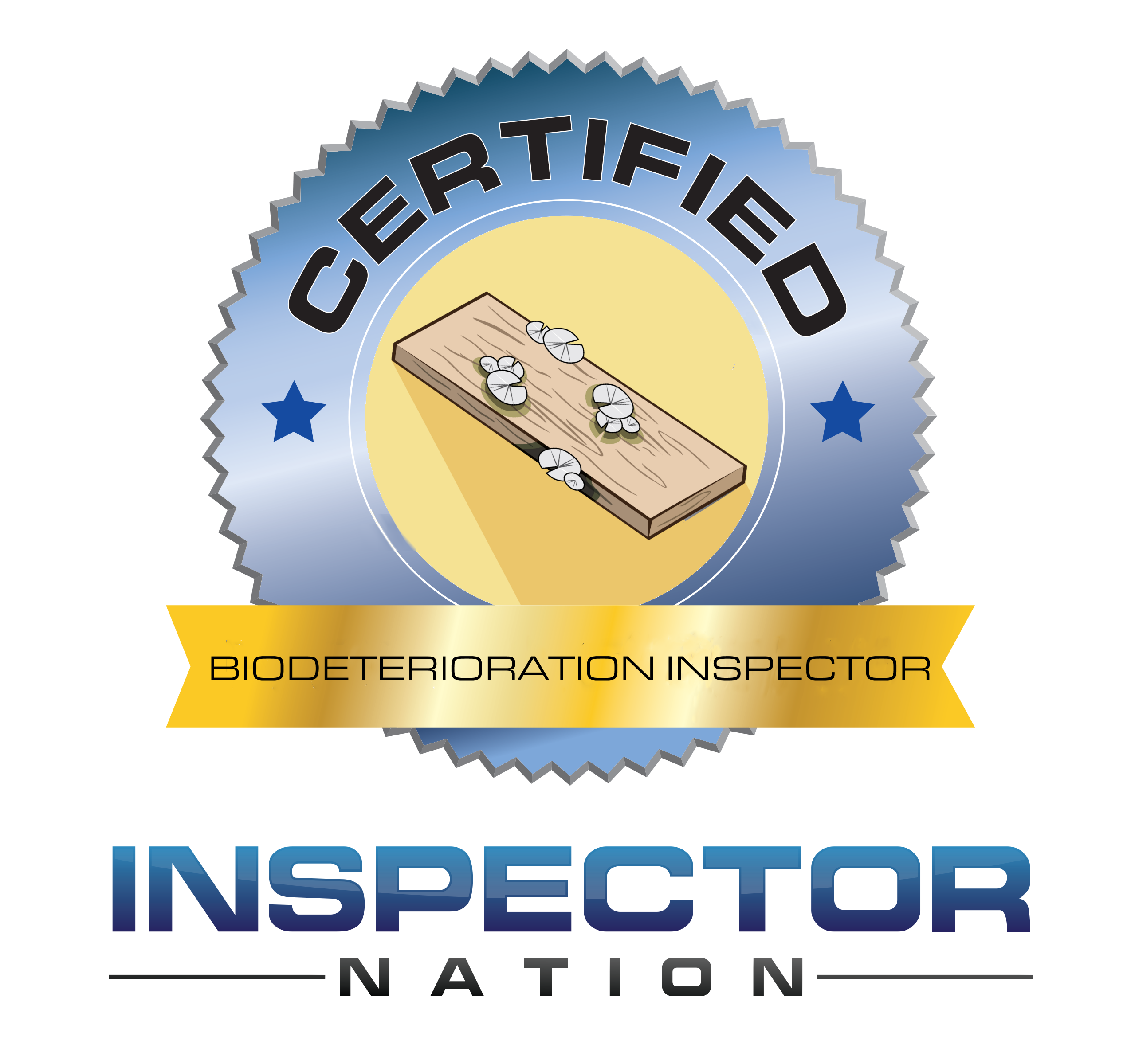
 >
>